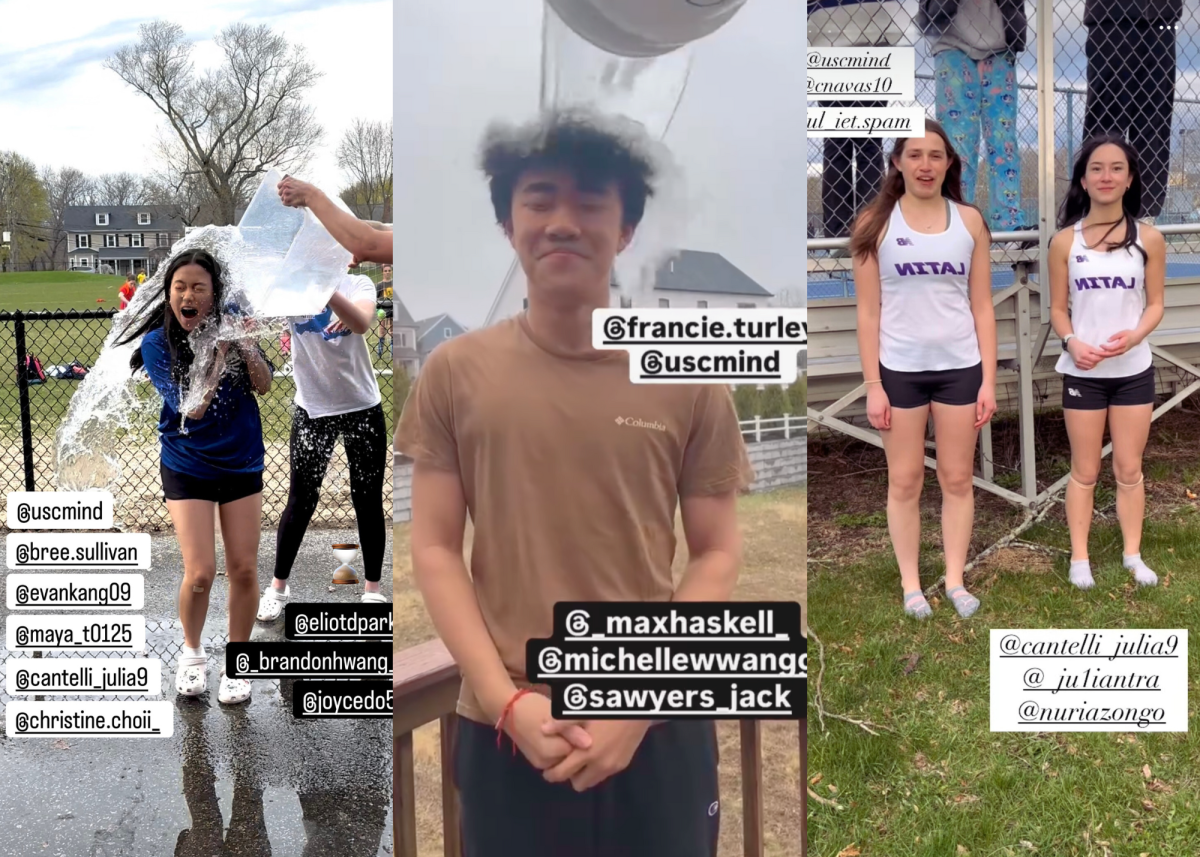From the day Vice President Kamala Harris became the presumptive Democratic nominee, social media feeds have been awash in memes, sound bites and “vibes.” Noticeably absent is what political campaigns are supposed to be about: policy. The Harris campaign’s social-media-filtered style skirts nuanced policy discussion, taking advantage of a chaotic political environment to talk down to voters and avoid tough questions. Do not fall for it; demand better.
With half of Generation Z getting news from social media, Harris’s embrace of digital media is warranted. By confining her message to short video clips and colorful visuals, however, the vice president avoids taking stances on issues that voters care about. For example, when it comes to climate change, Harris’s promises of building a climate-resilient America feel empty when she simultaneously supports fracking. Likewise, with the war in Gaza, Harris has called for a ceasefire but has not yet laid out plans for how that will happen.
Hamdi Mohamed (III) comments on this style of avoidance, “You’re not […] sure of what the people you’re voting for […] genuinely think.” As for why candidates do this, Mohamed adds, “It is because they don’t want to say too much, because then if they agree with one side, then the side that disagrees with the point they just made is not going to vote for them.”
When Harris does take strong positions, her digital approach fails her. After calling for price controls in the grocery industry on Instagram, Harris faced bipartisan backlash. This is to be expected. Social media platforms prioritize short-form content, which does not offer Harris enough latitude to explain her positions, venabling others to define what few proposals she does have.
Moreover, Harris’s approach implicitly assumes that voters are too lazy to delve into real policy. Her ill-advised price caps, increased government spending amid high inflation and vague foreign policy priorities are trotted out online in the hopes that the United States’ populist mood will result in fewer questions and more votes. With the presidential race still neck-and-neck, hope is not enough of a strategy; the aim should be to beat former President Donald Trump on policy, not to match his vagueness.
Some feel that Harris’s social-media-based style of politics is a model for the future, but its success is rooted in the unique circumstances surrounding Harris’s campaign. Since Harris’s prior public presence was minimal, voters naturally drew to her social media pages to familiarize themselves with her. Harris also had little time to ramp up her campaign, and social media offered the necessary fuel to kickstart her run for the presidency.
Alexa Schmitt (I) asserts, “[Harris’s media success] definitely has to do with the newness of her campaign […] She had a little bit of the element of surprise added onto it […] [Her campaign] wasn’t a slowburn thing, it was something quick, trendy and hot, so that social media could jump on this and be like, ‘Oh, crazy! Look what’s happening!’”
These unique circumstances suggest that there is no guarantee the similar strategies will work in the future and might even backfire if politicians are overdependent on online personas and light on specifics. In fact, recent polling already suggests that Harris’s popularity is stalling, as voters eager for policy details are left disappointed with more sound bites.
BLS history teacher Mr. Dominic Rinaldi notes, “[Social media has] just given [politicians] the ability to almost never address policy in any meaningful way. They can just say a couple of words, see the reactions, what lights up and what doesn’t, and then just repeat those words enough times until November in the right places to get the outcome they want.”
Ultimately, the Harris campaign must lay out more comprehensive solutions to gain the trust and votes of the American people. While social media and repetitive slogans may have been an effective strategy to draw attention off the bat, it’s going to take much more to win the election in November.



















